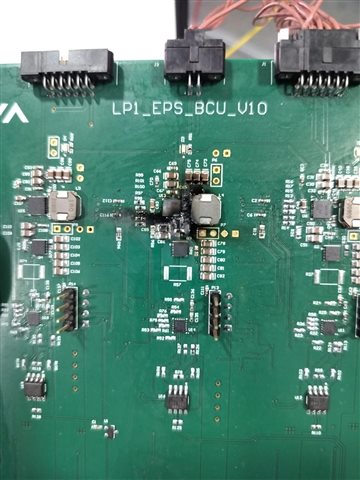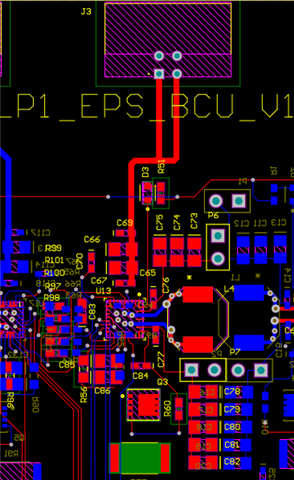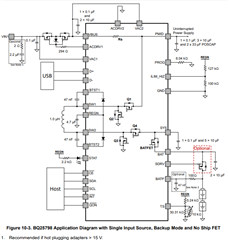Tool/software:
Hello Jeff,
While using the BQ25798 IC for our application as MPPT , we come across the misbehaviour many times and the IC got burned with actual fire 3 times.
I hereby attached the Picture of the burned IC.
The setup has been described below:
-> Connected the 4s batteries(at 15.67V) with multimeter in series as a load at the VBAT side(Output of the BQ2578 IC) for charging purpose. Found that the batteries were providing the current of 34mA.
-> The batteries were not hot plugged(hence in the sequence , we connected the batteries first).
-> Connected the Power supply at 5V at 1A current limit from the PV side (input of the BQ25798 IC).
-> Once the power gets on from the source side the IC starts burning with fire.
-> We disconnected the supply and found that the batteries were still supplying the current of around 230 mA to the board.
This above setup is applied on other circuit also but on that it works well and charging but with some IC circuitary it is burning and the misbehaviour is observed.
I request you to please arrange a meeting with us in order to have the discussion on this issue as we need to use the IC in bulk for our application in space. We cannot take the risk like this , and also we need to actually figure out the exact cause of the same.








